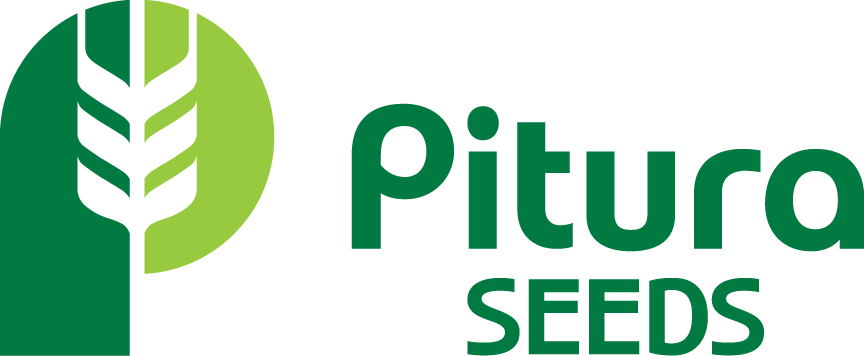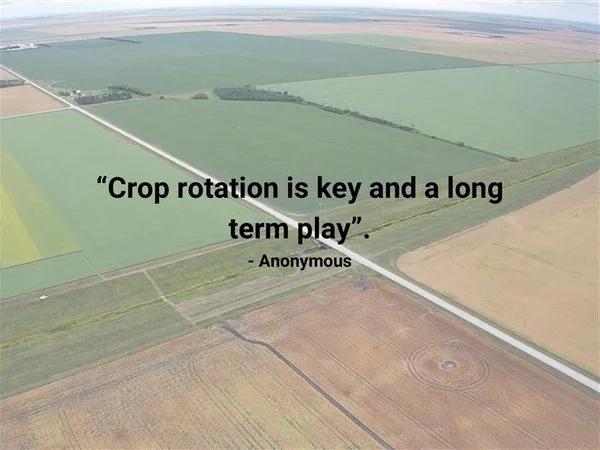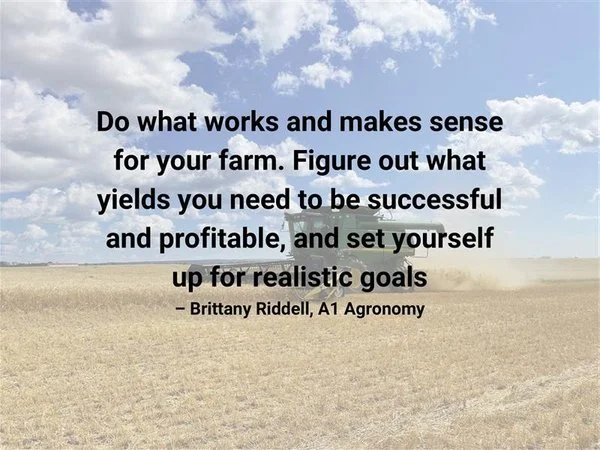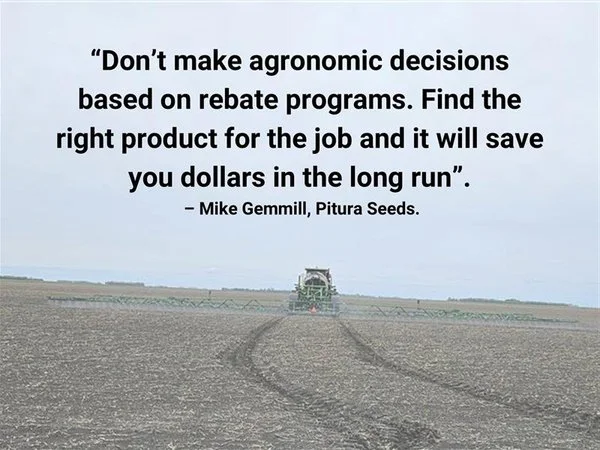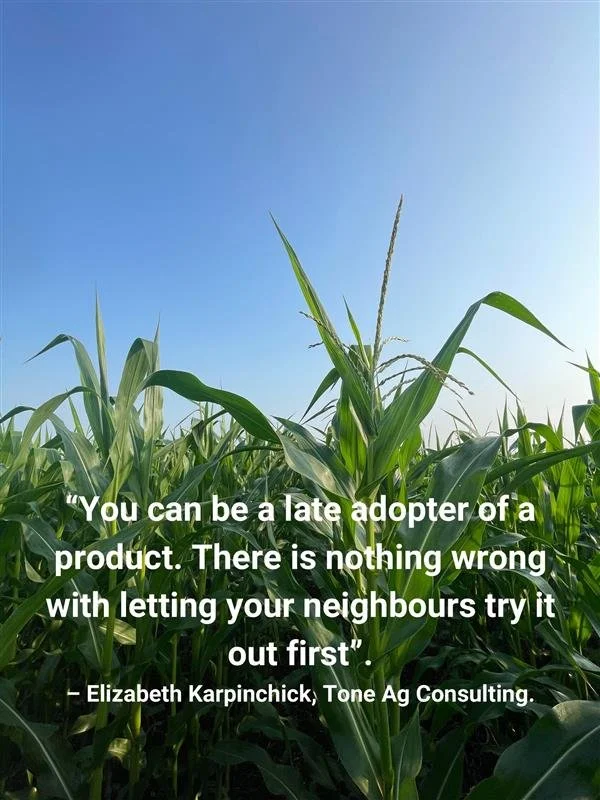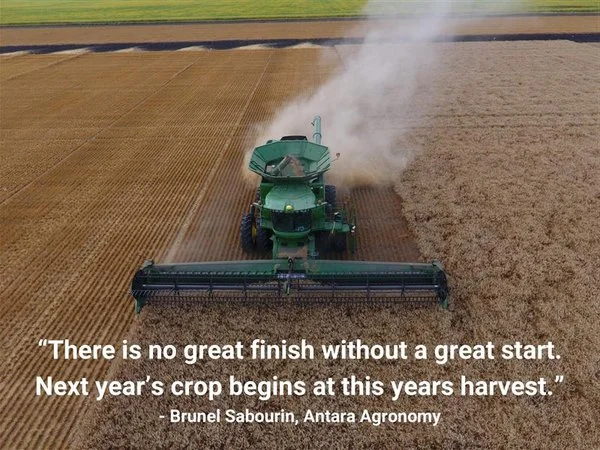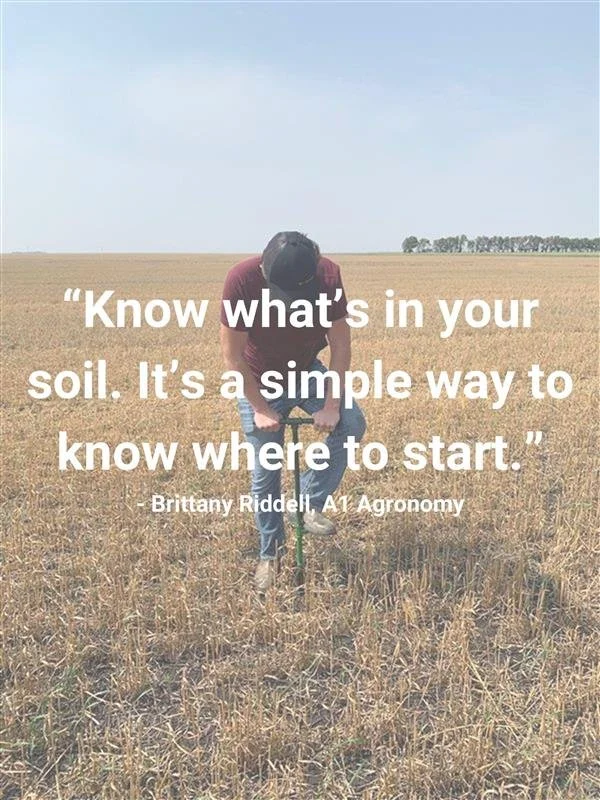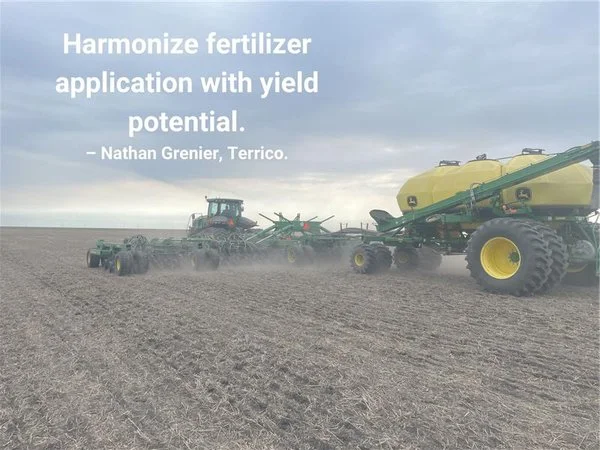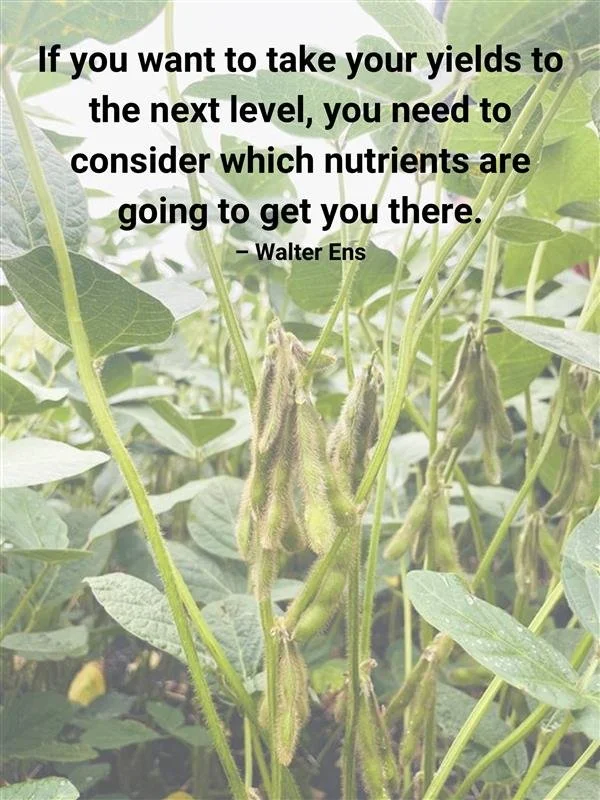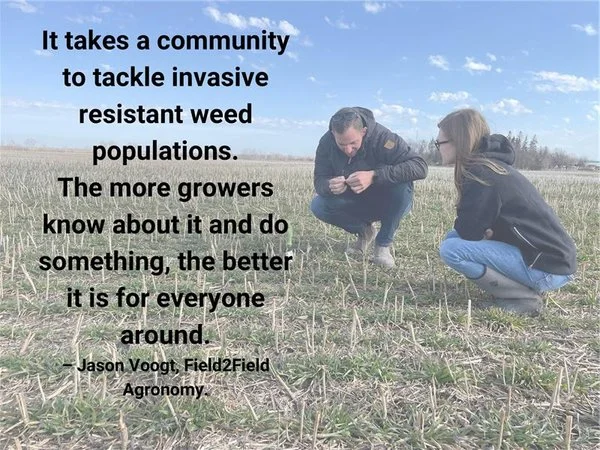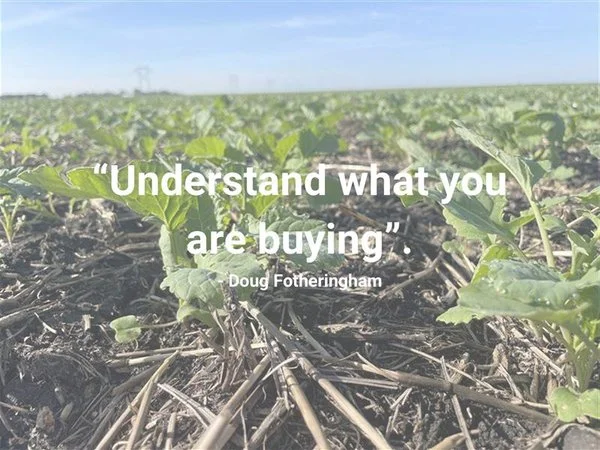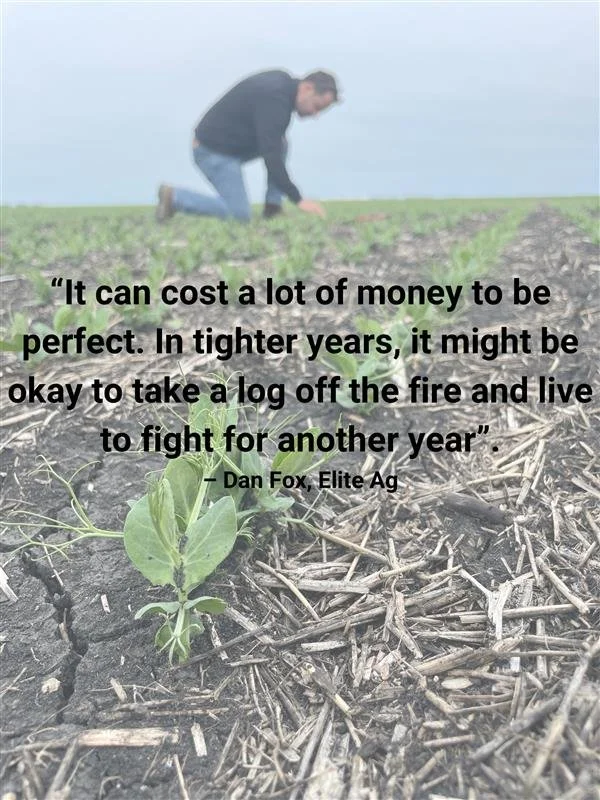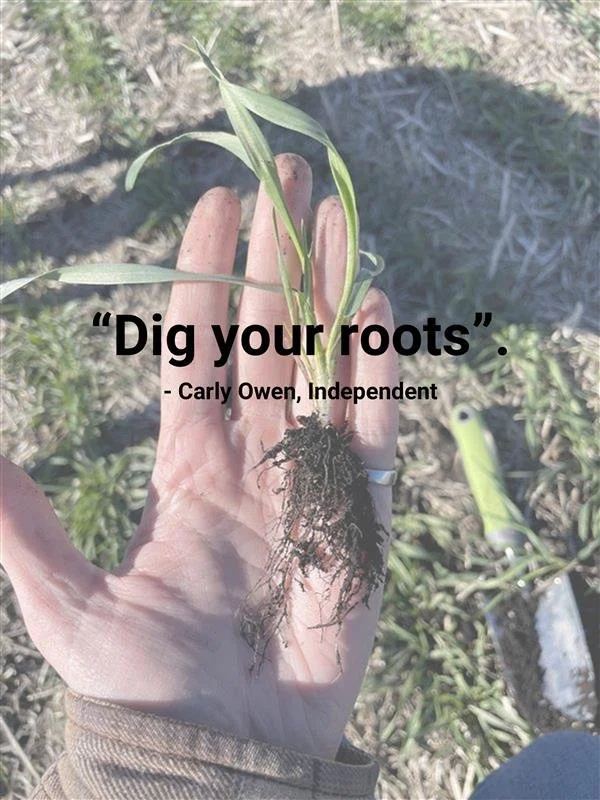Agronomists Spill The Dirt: One Free Tip Each
This week I reached into my phone book to ask a handful of Manitoba agronomists one question: “What is one piece of agronomy advise you’d give away for free?” We’ve got a variety of one-liners and some longer-winded thoughts <*cough**cough*- Mr. Lampertz >.
See below the photos for some background for each of the quotes and enjoy a little bit of free advice from your local experts (in no particular order)!
Start off short-n-sweet:
2.
Brittany states: “Do what works and make sense for your farm operation, everyone's farm business models look totally different, and we can’t always compare one to another. Figure out what yields you need to be successful and make profit for your farm, and set yourself up for realistic goals.
3. Wise words from an agronomist who has worked various levels of the crop-inputs industry – Farmer, line-company and independent retail, and product supply:
Mike emphasizes that choosing the right product helps avoid several less-than-ideal scenarios. For example: weed escapes or using older seed treatments that are missing new or more effective active ingredient technologies.
4.
In Liz’s experience, it’s okay to gather a couple of reviews before jumping on the bandwagon.
5. “You only get one chance to grow your best crop…”
“With our short growing season, you typically only get once chance to grow your best crop” Brunel states. “Proper crop establishment is key!” It’s a good reminder that the extra effort it takes to prepare a proper seed bed will set you up to reach maximum potential in each year and will pay you back in the long run.
6. A bonus tip from Brittany that I would 100% stand behind!
7. A continuation from the previous tip….
Nathan elaborates by saying: “Yield goals are useful for planning but are hypothetical and may lead to under or over application. Yield potential should always be evaluated by looking at soil conditions, planting date, and crop condition. It’s crucial to do this evaluation prior to application in order to increase efficiency of your fertilizer.”
8. Walter starts by saying: “Consider sulfur when planning for soybeans. Often nutrient planning is overlooked with soybeans.”
9. The constant battle against weeds.
Jason’s advice comes from recent experience while scouting around Elm Creek last fall. He was noticing Waterhemp populations showing up not only in his customers fields, but in many fields in the area. Knowing how serious of a problem this weed can become, Jason decided it was best to take action and have discussions with farmers in the area and began scouting and diagnosing the problem together. He encourages farmers to be educated and work together with the good of the farming community in mind.
10. It’s just that simple. Right?
Doug says: “Understand what you are buying. There is a grey area for growers in terms of what they are purchasing. It’s important to know if the product increases yield or protects it. For example: Fungicides and PGRs protect yield but don’t necessarily build it. Another example is herbicide combinations – some are synergistic and some are not. Combining certain groups together doesn’t necessarily fix a problem such as resistance or heavy weed populations.”
It's a good thing we have experts like Doug to help sort through the seemingly endless options available to farmers!
11. “Speed wins” – Make sure your farm logistics are the best they can be.
Easier said than done but it’s definitely worth the effort. Jeromy and Corey share that in their experience “Logistics beat out agronomy most of the time. Rather than trying to make your farm agronomy plan perfect, just make sure your farm logistics are the best they can be. This way you seeding, spraying, and harvesting seasons aren’t delayed for reasons within your control.
12. Is it worth chasing perfectionism?
13. Stay curious folks!
Laird shares: “Agronomy is more an art than a skill. Each season offers a chance to learn—by digging into the chain of events that led to your results. Outcomes are rarely the result of one factor; they’re shaped by a mix of decisions, timing, environment, and sometimes even luck. But by unpacking those layers, you build the kind of experience that leads to better, faster decisions down the road. That’s how years in the field truly pay off
And above all—never stop asking questions. Whether you're a farmer or an agronomist, the best insights come from being curious, challenging assumptions, and learning from each other. The more questions you ask, the more value you create.”
14. And finally, take a look underneath the surface…
It’s easy to do a drive-by scout or take a quick walk into the headlands to check the crop. But Carly reminds us that what is supporting our crops is happening below the soil surface. Digging up a few plants when checking crops can give you a lot of information about the health of those plants.
Special thank-you to everyone that contributed their advice and helped me put this fun list together! Wishing everyone a successful 2025 crop season!
~Katie Meggison
